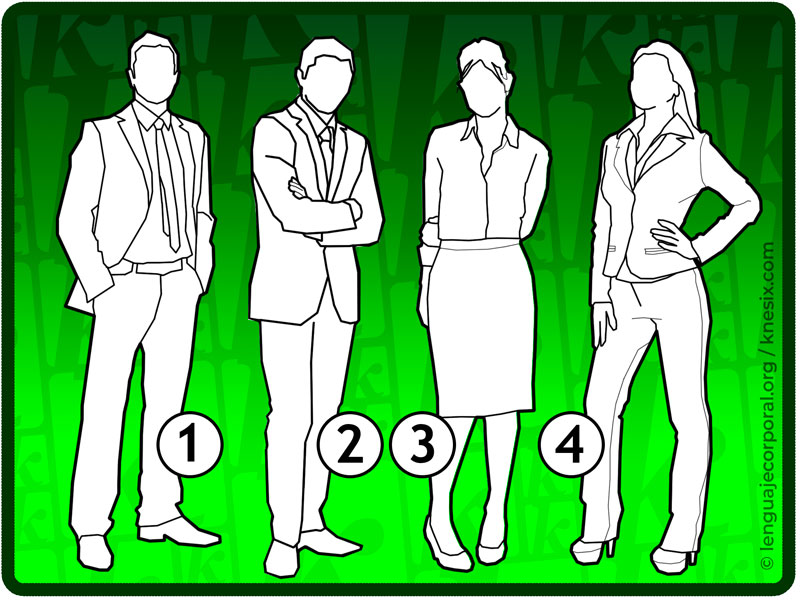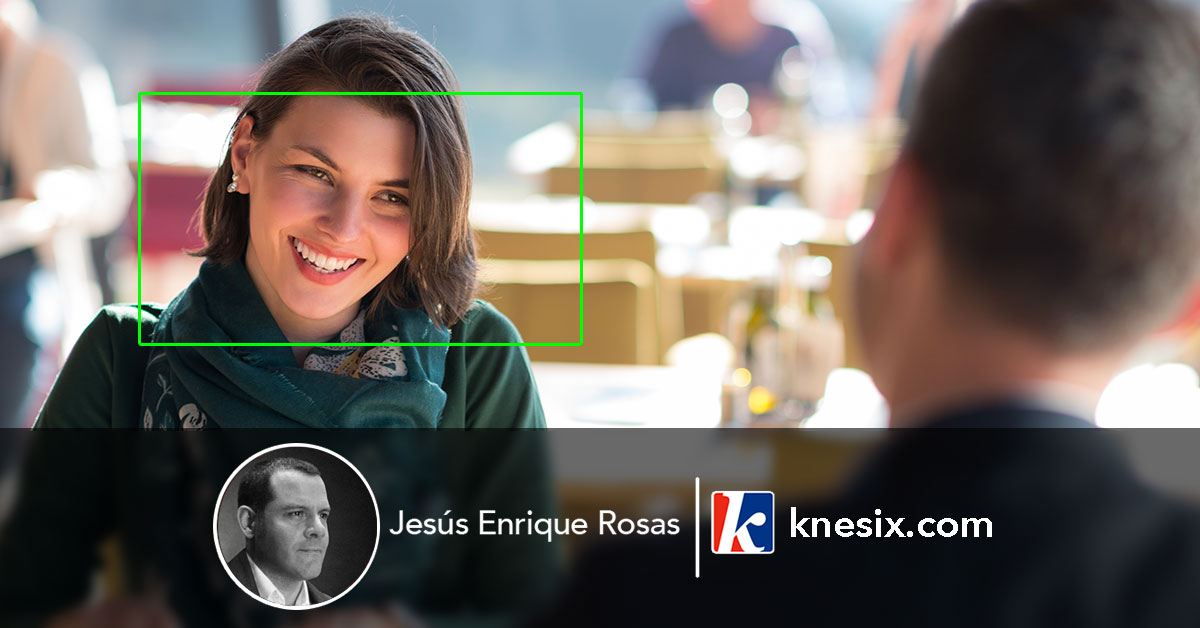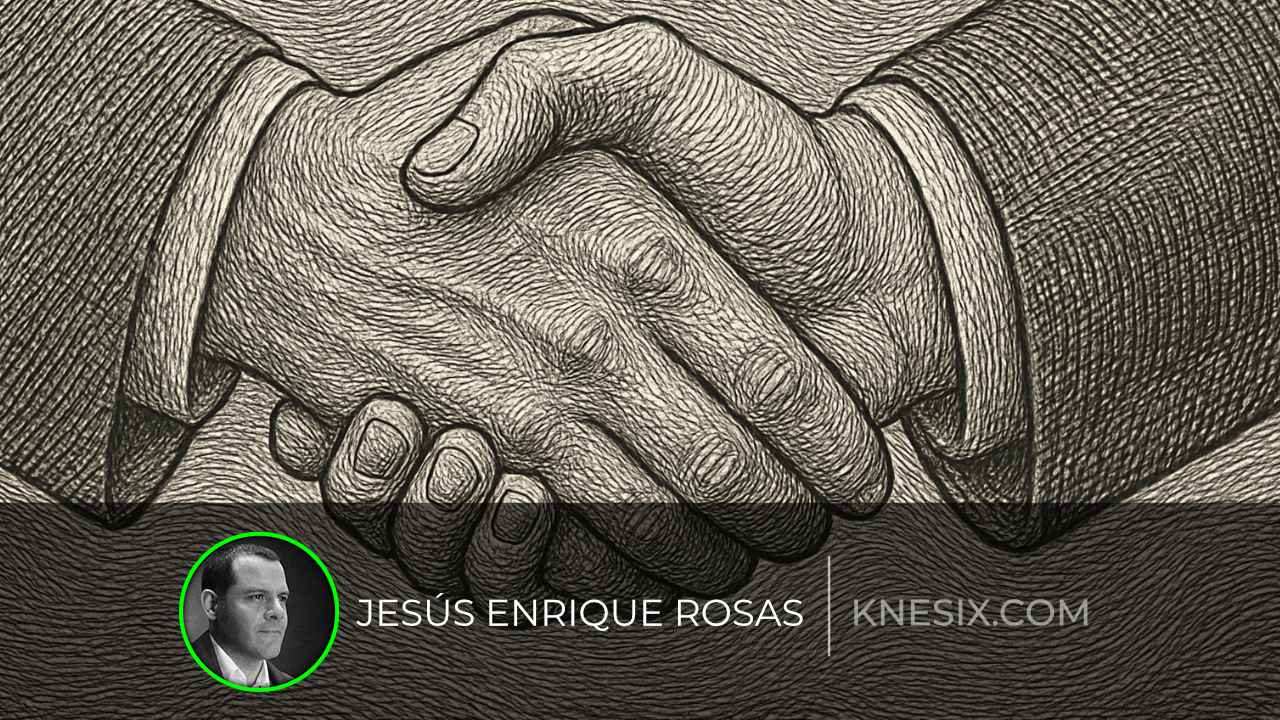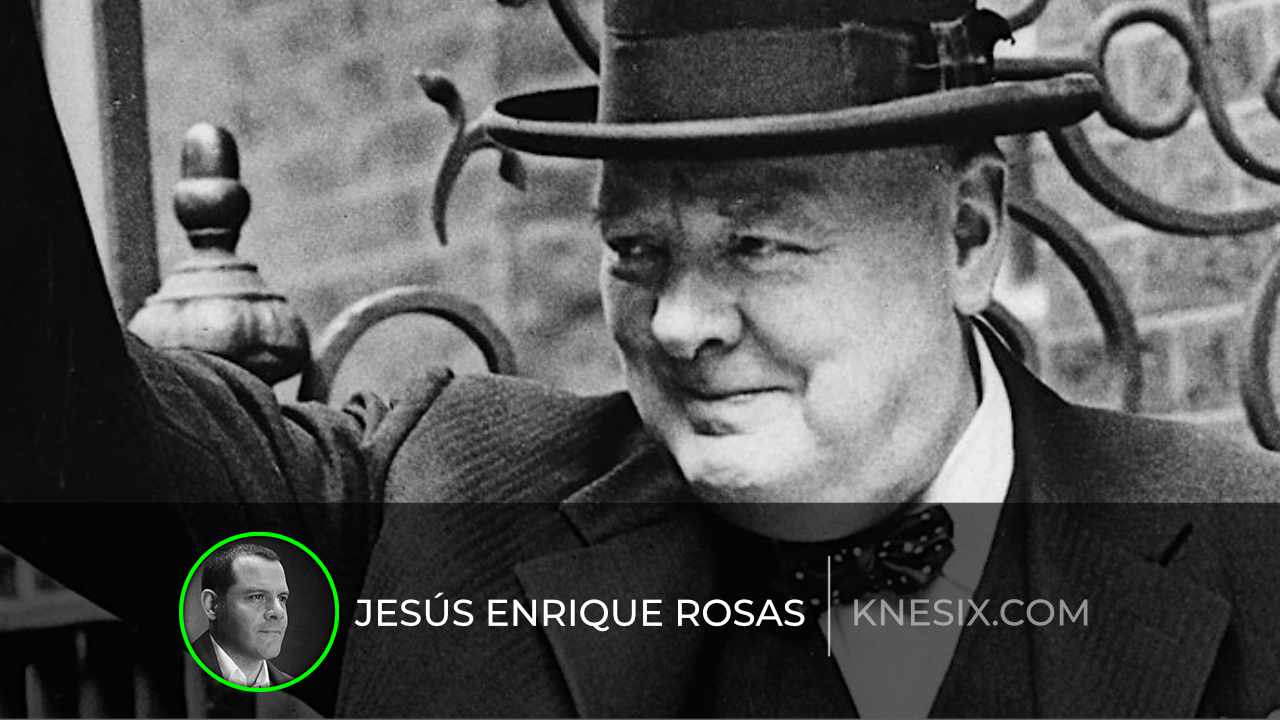Have you ever thought of what your body language reveals about you? One of the many perks of reading body language is the ability to read other peoples intentions. But as you may realize instantly, this means a double edged sword:
You’re revealing your own intentions too, at all times. How is this even possible?
I have some bad news and good news: the bad is that you can’t silence your body. It’s talking all the time, wether you like it or not!
The good news is that you can actually control what your body says and ‘tell’ the story that you want to project to others.
But for that, it’s much easier if you know what your body language says about you in its own nonverbal words. And for that task, we should go from the general to the specific:
1) Your standing posture body language
Of all the body language signals, the way you stand is the one that is most easily spotted at first sight. In fact, it’s the critical factor of a first impression along with your body movements and the way you’re dressed.
Knowing how to stand in a confident manner is the easiest form of projecting the body language that you want others to notice. Of course, there are other times when you want to become unnoticed, and a ‘beta’ posture is ideal for that.

No matter the situation, your posture (both standing and sitting) can reveal how confident you feel, your alliances with the other members of the group and if you feel comfortable with them or instead, want to leave early.
This is a very important point because most of the time, people will notice your posture even before you notice they looking at you (And they can notice other people’s posture without looking at them directly).
Posture is so powerful that you should be aware of it at all times.
2) Your facial expression
It’s no secret how much a face can reveal, and that’s why you could get nervous if someone starts looking directly at you. Your face’s emotional expressions are one of the hardest – if not impossible – to control, so you have to understand that it’s easy to let an emotion slip without you even noticing.
But all is not lost! the same way as with your posture, it’s possible to be aware of the muscles of your face and the way they contract while you’re talking to someone. That awareness starts with a very simple exercise: relaxing your face muscles whenever you can. This way, it will be much easier to notice when they contract in the middle of a conversation.
Since most of the time those facial cues spark directly from your emotions, it’s very useful if you learn how to control those internal emotions first. That way, you shouldn’t worry about what comes out in your face, because the source itself will be under your command.
2) Your clothing and accessories
Maybe a bit off the realm of actual body language, but clothing and accessories can be very good clues of a person’s character and personality. Do they prefer being comfortable, or fancy? do they project power, or nimbleness? which colors did they pick? what kind of accessories do they use?
Much has been said about what a man’s shoes can reveal about him, but it’s not only the quality and model of their walking tool but their entire attire. Grooming and general hygiene tells a lot too, so don’t skip them yourself.
3) Your hand gestures
We come back to the topic of body language with one of the most important factors of nonverbal expression: your hand gestures. You know you should be doing them whenever you can… the problem is that most people just don’t know what to do with their hands when they are talking.
One of the easiest ‘tells’, or clues to someones’ body language is the way they use their hands when emphasizing their words. Are those hand movements in sync with the words, or are they off? are they excited about what they are saying, moving their hands with energy, or are they keeping them glued to their body instead?
Remember that when we talk about what your body language reveals about you, it means what it reveals about anyone. And that’s why it’s so important to be aware of both your body and the other persons’ gestures at the same time.
4) Your feet reveal intentions, too
I’ve got an entire article about the language of feet, but to keep things short, you must know that it’s much less common to ‘lie’ with our feet because we’re not that aware of what they do. Certainly, sometimes it’s impossible to see people’s feet (like, when you’re sitting with them at a table), but feet language is essential when you want to analyze a group.
Feet orientation and movement are also essential when you want to assess the rapport, or emotional connection, with someone. Are feet pairs reflecting each other, as in a mirror? or are the feet pointing away, as if people want unconsciously to leave the room?
That’s why one of the greatest skills you can develop in body language is the ability to see people out of the corner of your eye and assess their body language without looking directly at them.
5) Your voice tone reveals emotions
“It’s not what you say, but how you say it”. Yes, you have heard it many times. But how does it work, exactly? voice quality has quite some characteristics and you could focus exclusively in voice analysis. But for practical reasons, we’ll take into account only three factors.
One of them is volume. Do people talk like they want to be heard by the neighbors, or instead they speak in a whisper? That tells you a lot about the way they project their personality, and has strong links with extraversion / introversion. The second factor is articulation. Do they articulate every word with quality pronunciation, or do they mumble? remember to be aware of those changes in the middle of a conversation to be sure if they really are sure of what they are saying.
The third factor is talking flow. Do their ideas flow like a smooth stream, or do they make constant pauses to think about the next word they are going to use? That tells you a lot about their confidence and also, if they get nervous when answering a question (For example, if someone who has a good talking flow and all of a sudden begins to stutter). That’s something you should take into account.
6) Eye movements reveal what you’re thinking
The thing with eye movements is that they are extremely quick and it’s really difficult to keep track of them during a conversation. Even then, if you’re interested in the bare minimum of ‘eye reading’ then remember this simple factor: When people look to their left (our right, if we’re standing in front of them) they are remembering; if they look to their right (our left, in this case), then they are in creative mode or imagining.
That single factor will reveal a lot about what a person is really thinking when they recall a situation and if they are accessing their memory or not.
Another factor about the eyes is blinking rate, that is really useful to determine the stress levels of someone and even reveal their reaction to a compromising question.
7) Head orientation, tilt, movement
You might think that our heads don’t move that much during a conversation, but it’s in fact a very fascinating topic the way people move, angle, tilt and adjust their head when they are talking.
A head totally upright, for example, signals that the person is not totally comfortable or even attentive to what’s being said; they are much more concerned with what is going on with their internal discourse.
Generally speaking, a person will be way more relaxed when they tilt their head a bit to one side. That’s like a ‘resting’ position and that shows that they are really paying attention to you. Notice that it could be barely noticeable, only a few degrees to either side.
The chin plays an important part too, in this dynamic. A neutral chin is the one that rests over an imaginary horizontal line. A chin a bit more ‘aggressive’ and dominant will point a bit upwards (like a defiant position), while a chin towards the chest will be more of a defensive attitude. Pay close attention to those head shifts during a conversation!
8) People act in packs… be aware of it
Another factor that you shouldn’t take lightly is the distance people use to interact. For example, closer friends will have no problem talking with just a couple feet from one another, while more formal settings require the protagonists to stay a bit farther from one another.
The real trick here is when there are four or five people on a single group, usually standing. Can you spot the dynamics between them? Who stays closer, and who is the one that gathers the most attention?
That way you can spot who’s the ‘Alpha’ of a group and focus your attention in their body language. In doing so, you can even start to imitate them slowly to build rapport with that pack leader… of course, in a really subtle and covert manner so no one notices what you’re doing!
9) Notes of sitting positions
While your posture standing is a fundamental part of what your body language reveals about you, when you’re sitting things get a little more complex; especially because your feet are now free from fighting gravity and your torso has more options, like resting on the back of the sofa or chair.
This is when you can see when someone is really interested and engaged on a conversation, or is withdrawing from it. Typically, they will lean forward when something piques their interest and lean back if they prefer to be more comfortable at the cost of not being so attentive.
The good part is that it’s not only seeing other people’s posture… remember that you can adjust yours, too! that way you can project the right attitude for the moment and give the right impression.
10) The final tip of what your body language says about you…
Yes, hand gestures are useful to tell when someone is supporting and excited about what they’re saying. But hands also do a series of gestures, called pacifying gestures, that are used under stress.
Rubbing the palms of the hands in their pants, scratching the nose, pulling the earlobe, adjusting an accessory like a ring or their hair… all are signals, some more intense than others, that people manifest an emotional response.
Notice that when I mention emotional response could be any kind of emotion, wether ‘positive’ (happy, excited, euphoric) or ‘negative’ (anger, stress, impatience). I don’t like to classify emotional reactions in these terms (emotional grading is much more complex than that), but it’s a great way to start with a simple system to read those hand gestures that serve no other purpose than make people feel a little less stressed.
You could even notice that people have certain gestures that use over and over again, no matter if they are listening or talking. In this case, it’s not as important to spot the gesture itself (As you noticed that it’s part of the persons’ baseline), but the frequency that the gesture appears. The more frequent, most probably the person is more and more stressed.
Conclusion
There are various body language signals that reveal your emotions and your intentions all the time, without you even noticing. The only way to really ‘control’ them is addressing your internal emotions that are the spark of everything that you express on the outside.
If you want to use your body language to your advantage, then subscribe to my body language tips and download my ebook, “90 body language and persuasion tips” that it’s full of illustrations that will give you a head start on the topic:



